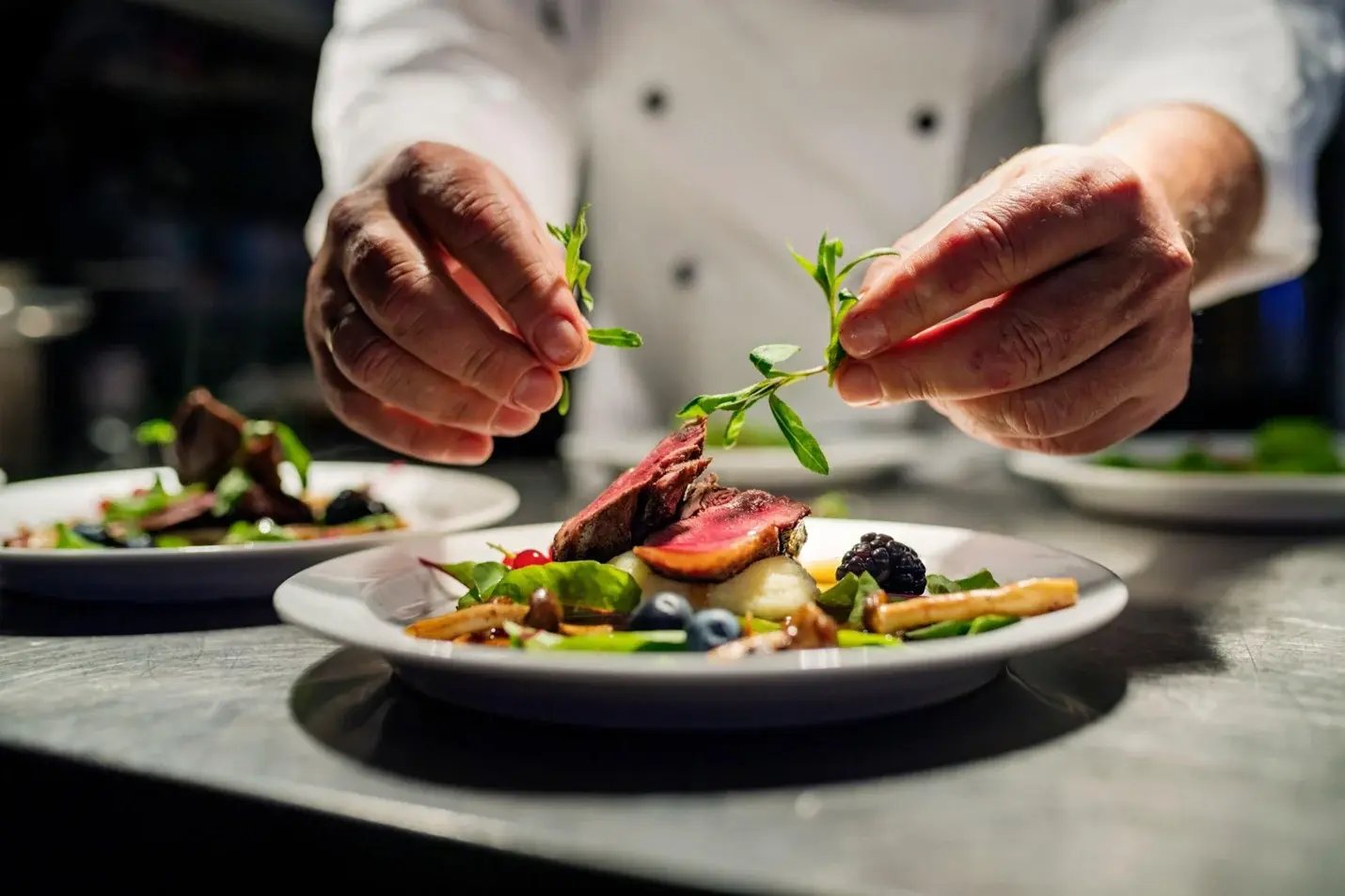
As spending patterns change, we’re seeing a ‘flight to value’ by many hospitality consumers. In this blog post, I explore exactly what this consumer behavior is and offer strategies for thriving in this environment.
What I’ll cover in this article:
- How perceptions of value are driving consumer behavior.
- What the three core facets of value are and how they each drive overall value perception.
- How to respond to the flight to value for commercial success.
*****
You’d be forgiven for feeling confused when trying to make sense of how consumer spending patterns are impacting the restaurant industry right now.
As more data comes out about the financial pressures on consumers (those on lower- and middle-incomes particularly), you’d expect to see a major shift towards cheaper options as consumers ‘trade down’. And yet, whilst there is some trend in that direction, that’s not exactly the reality.
Instead, we’re seeing winners and losers within market segments. Whether it’s full service, QSR or coffee, there are some brands that are thriving and others that are really struggling. As the overall market is flat or declining (depending on your segment), this means that the companies doing well are companies that are claiming market share at the expense of others.
So what is it about consumer choices that could be behind this?
What we’re seeing is a ‘flight to value’ by consumers - a phenomenon where consumers are increasingly sensitive to - and make decisions based on - their perception of value (we’ll define value in just a minute). It seems that value has become much more elastic of late; increases or decreases in perceived value are having an outsized impact on consumer decision making.
Understanding and responding to the ‘flight to value’ will be the key to success for any restaurant brand looking to survive and thrive over the next 1-3 years.
The flight to value is not about consumers spending the least amount of money possible - if that were the case then consumers would be running away from all full service restaurants, and even restaurants altogether, preferring to eat exclusively from grocery and convenience stores.
Balancing your value proposition equation
Value means something else. For food and beverage brands, I define value as a factor of three things:
Price and size are simple enough parts of the equation. Adjust them up and down and, all other things being equal, your value will be perceived as higher or lower. Naturally, both these can have a major impact on consumers’ overall perception of value, and also your business unit economics.
Recently we’ve seen major brands leverage promotions (either lower price, or bigger portions, or both!), sometimes to great effect, but go too far and the consequences can be disastrous. A famous case in point is Red Lobster, who gave unlimited portions of seafood for too low a price. It offered consumers such incredible value that it bankrupted the company.
Define what quality means for your brand
And then there’s quality? What the heck is that anyway? Understanding what quality means to your consumers, and how it compares amongst your competitive set, is the key to unlocking a value proposition that consumers will be drawn to, winning you market share at the expense of your competition.
For some brands, the most important element of quality will be the menu items - the underlying ingredients and recipes that go into the product. This doesn’t mean that you have to shoot for the highest quality available, but a level of quality that is the very best you can offer given the constraints of price and portion size.
For others, speed and convenience will reign supreme. These are about the quality of the experience of receiving your food or drinks, rather than searching for the finest ingredients.
Keep delivering quality
But no matter what the quality of your menu and experience on paper, consistently executing on that is the other side of the quality coin. Inconsistent and substandard delivery of an experience destroys perceived value for customers, making it highly likely they’ll try a competitor next time.
But the converse is also true: deliver on the expectations you’ve set for your guests ahead of arrival and if it's met or exceeded, your value proposition remains intact.
Master the quality equation and you master success
The brands winning right now are differentiated from those less successful brands because they’ve mastered these two elements of quality: they are creating a killer value proposition on paper, with the highest quality possible, and executing on it with ruthless precision.
When the market is growing, consumers are more forgiving and less discerning, and brands can expect to grow because the overall market is. But in flat or declining times, sub-standard value propositions become exposed, and the flight to value can be punishing for your bottom line.
For brands discovering that consumers consider their value proposition to be sub-standard, taking rapid action to evolve the quality factor in your value proposition is the critical area you can focus on to win market share, grow and be profitable. Act now before it’s too late.
And for those winning right now, resist complacency. Keep on striving for better and better value - as other brands look to catch up, today's unbeatable value proposition might find you lagging behind tomorrow.
If that happens, the flight to value will treat you just the same as other brands.